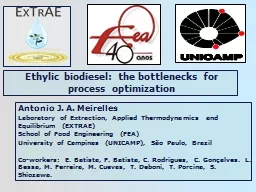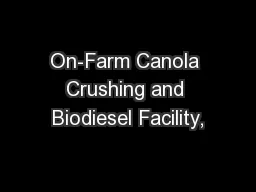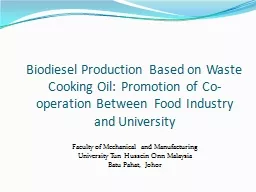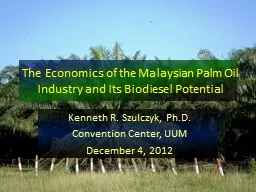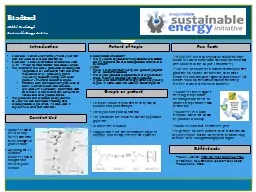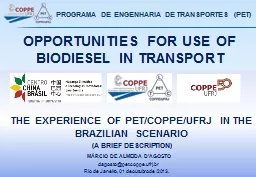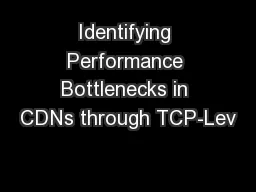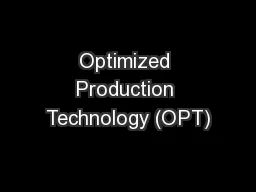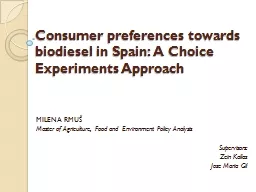PPT-Ethylic biodiesel: the bottlenecks for process optimization
Author : funname | Published Date : 2020-08-05
Antonio J A Meirelles Laboratory of Extraction Applied Thermodynamics and Equilibrium EXTRAE School of Food Engineering FEA University of Campinas UNICAMP
Presentation Embed Code
Download Presentation
Download Presentation The PPT/PDF document "Ethylic biodiesel: the bottlenecks for..." is the property of its rightful owner. Permission is granted to download and print the materials on this website for personal, non-commercial use only, and to display it on your personal computer provided you do not modify the materials and that you retain all copyright notices contained in the materials. By downloading content from our website, you accept the terms of this agreement.
Ethylic biodiesel: the bottlenecks for process optimization: Transcript
Download Rules Of Document
"Ethylic biodiesel: the bottlenecks for process optimization"The content belongs to its owner. You may download and print it for personal use, without modification, and keep all copyright notices. By downloading, you agree to these terms.
Related Documents

